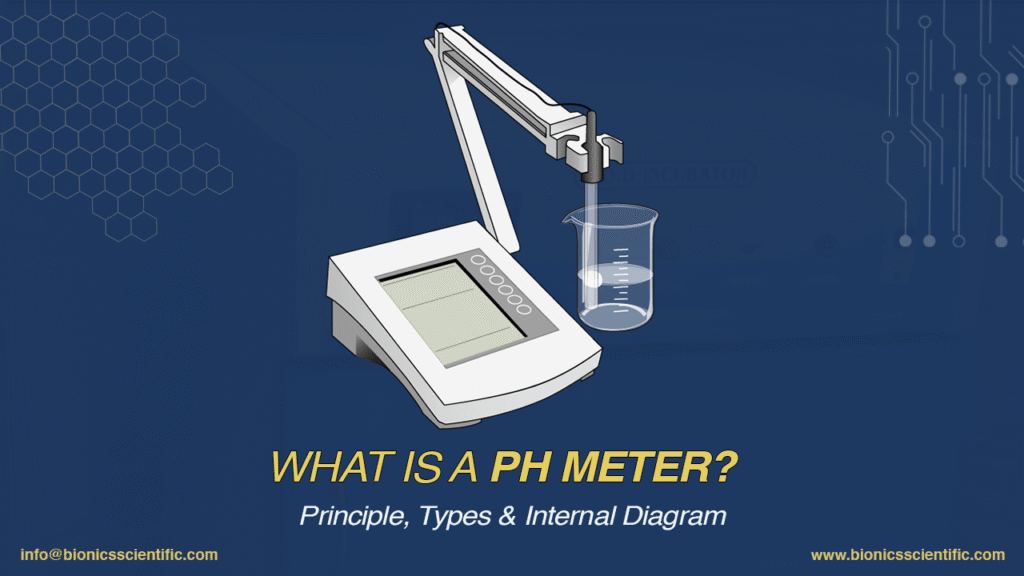Biosafety cabinets (BSCs) play a crucial role wherever labs work with risky microbes or genetically altered samples. These airtight workspaces balance steady airflow and high-efficacy filters to shield the user, the sample, and the wider room from harmful splashes or airborne spores. In Europe, EN 12469 serves as the go-to norm that sets clear rules for how these cabinets should be built, tested, and maintained.
Crafted by the European Committee for Standardization, the standard spells out strict limits on airflow patterns, HEPA filter life, leak tests, and even user comfort at the bench. Meeting these criteria gives researchers, hospitals, and manufacturers confidence that their cabinets deliver reliable protection day in and day out.
Primary Objectives of EN 12469
The EN 12469 standard focuses on three critical protection goals:
- User Protection: Preventing exposure to airborne biological hazards.
- Product Protection: Maintaining a sterile environment within the work zone.
- Environmental Protection: Ensuring no release of hazardous agents into the laboratory environment.
To achieve these, the standard sets performance criteria such as:
| Performance Criteria | Requirement |
|---|---|
| Inflow Velocity | ≥ 0.4 m/s |
| Downflow Velocity | 0.25–0.5 m/s |
| HEPA Filter Efficiency | ≥ 99.995% |
| Noise Level | ≤ 65 dB(A) |
| Lighting | ≥ 750 lux |
By meeting these thresholds, biosafety cabinets certified under EN 12469 maintain reliable and reproducible performance in safeguarding both personnel and samples.
Comparison to Other International Standards
While EN 12469 is the standard in Europe, it differs from others like NSF/ANSI 49 (common in the U.S.). Notable distinctions include:
| Aspect | EN 12469 | NSF/ANSI 49 |
|---|---|---|
| Classification System | No fixed classes | Class I, II (A1–B2), III |
| Inflow Velocity | ≥ 0.4 m/s | 0.51 m/s (Class II) |
| Filter Testing Method | DOP or PAO | Full HEPA scan |
| Noise Level | ≤ 65 dB(A) | No maximum specified |
This flexibility makes EN 12469 suitable for a wide range of cabinet designs while still upholding high safety and performance standards.
Key Components of EN 12469-Compliant Biosafety Cabinets
EN 12469-compliant BSCs feature integrated systems that collectively ensure safety and functionality:
| Component | Function | EN 12469 Requirement |
|---|---|---|
| HEPA Filters | Airborne particle filtration | ≥ 99.995% efficiency |
| Airflow System | Maintains containment and sterility | Inflow ≥ 0.4 m/s, Downflow 0.25–0.5 m/s |
| Work Surface | Spill containment | Seamless, leak-proof, easy to clean |
| Lighting | Work visibility | ≥ 750 lux |
| Alarms | Operational safety alerts | Required for airflow deviation |
These components are critical to consistent cabinet performance in microbiological and biomedical applications.
Airflow Management
EN 12469 emphasizes precise airflow management to maintain containment and sterility:
| Airflow Component | Function | Requirement |
|---|---|---|
| Inflow | Protects user from exposure | ≥ 0.4 m/s |
| Downflow | Protects product from contamination | 0.25–0.5 m/s |
| Air Balance | Maintains containment and recirculation | 30–50% exhaust, 50–70% recirculated |
| Airflow Uniformity | Ensures consistent coverage | ±20% of average velocity |
Correct airflow prevents both internal and external contamination, safeguarding both personnel and research integrity.
Testing and Certification Under EN 12469
EN 12469 requires comprehensive performance testing at installation and annually thereafter:
| Test Type | Frequency | Purpose |
|---|---|---|
| HEPA Filter Integrity | Initially & annually | Verify filtration efficiency |
| Airflow Velocity | Initially & annually | Confirm compliance with velocity specs |
| Smoke Pattern | Initially & after changes | Visualize airflow and containment |
| KI-Discus | Type testing | Evaluate aerosol containment |
| Noise & Lighting Checks | Initially & post-modifications | Ensure compliance with ergonomic criteria |
Certified performance is crucial for safety compliance and operational reliability.
Ergonomics and User Comfort
EN 12469 integrates ergonomics to enhance usability:
| Ergonomic Factor | Requirement | Purpose |
|---|---|---|
| Lighting | ≥ 750 lux | Improve visibility and reduce eye strain |
| Noise Level | ≤ 65 dB(A) | Minimize fatigue from prolonged exposure |
| Viewing Panel | 5–15° angle | Enhance line of sight and reduce glare |
| Armrest | Optional, airflow-safe | Operator comfort |
| Work Surface Height | ~750–950 mm | Accommodate user height range |
By prioritizing comfort, the standard promotes long-term safety and user compliance with best practices.
Maintenance and Recertification
Routine maintenance is mandated by EN 12469 to sustain safety and functionality:
| Maintenance Task | Frequency | Purpose |
|---|---|---|
| Cleaning & Disinfection | Daily/weekly | Maintain sterile conditions |
| HEPA Filter Check | Annually | Ensure continued high-efficiency filtration |
| Airflow Verification | Annually | Confirm containment performance |
| Electrical Check | Annually | Validate safe operation |
| Alarm Test | Annually | Ensure timely warnings for deviations |
| Full Certification | Annually | Verify comprehensive compliance |
All tasks must be performed by trained technicians familiar with biosafety cabinet operation and the EN 12469 framework.
Impact on Laboratory Design and Protocols
EN 12469 doesn’t stop at the cabinet—it also influences lab design and operational workflows:
| Aspect | EN 12469 Influence | Impact on Lab Design & Practice |
|---|---|---|
| Cabinet Placement | Minimum clearances required | Optimizes airflow, reduces interference |
| Room Ventilation | Exhaust design considered | Impacts HVAC and fume management |
| Emergency Power | Requires continuity | Necessitates backup power systems |
| User Training | Defined usage protocols | Informs SOPs and staff education |
| Waste Management | Contamination prevention | Guides disposal system design |
| Risk Assessment | Cabinet capabilities factored | Shapes biosafety and emergency protocols |
Following EN 12469 does more than keep a unit safe; it guides the entire work area and everyday procedures toward reliability.
Conclusion
In European labs, EN 12469 is the bedrock of biosafety. Its wide-ranging rules cover biosafety cabinet build, performance checks, upkeep, user comfort, and how the unit fits in the room. When a lab meets these tough standards, it secures:
- Reliable containment of hazardous materials
- Enhanced protection for users and the environment
- High operational consistency and equipment reliability
- Informed infrastructure planning and protocol development
Bionics Scientific builds biosafety cabinets that follow EN 12469. Each unit features advanced airflow, high-efficiency filters, and easy handling, giving labs a solid answer for biological safety.



